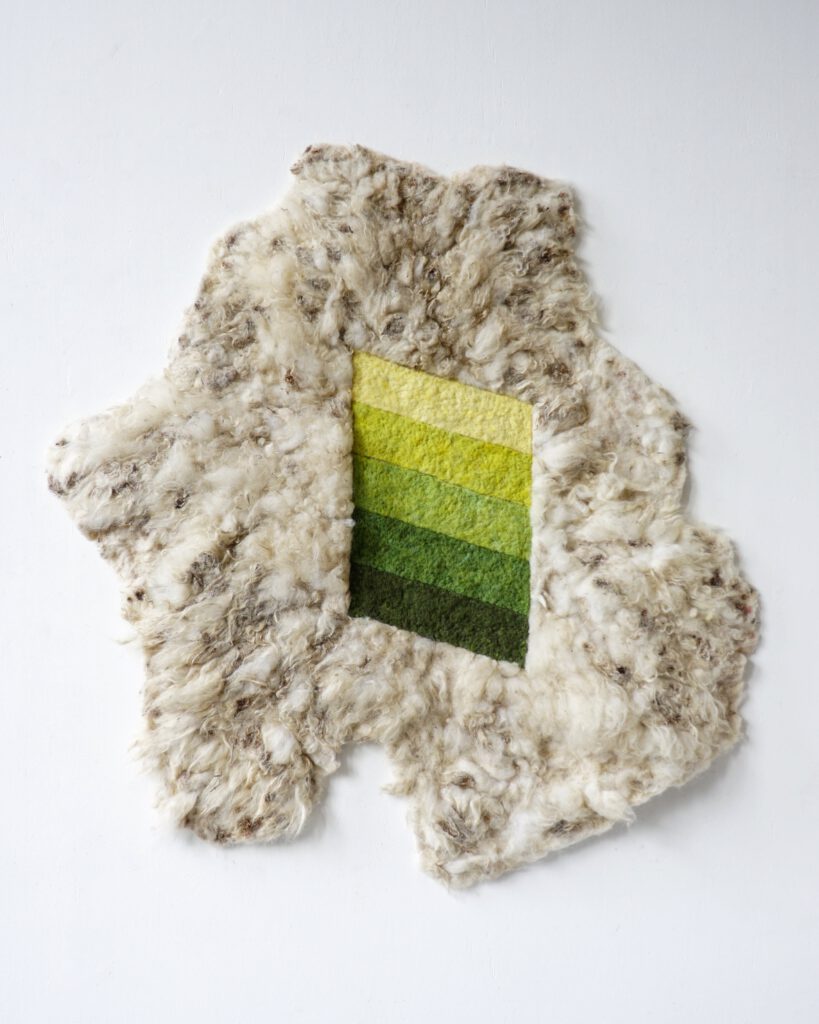Visual artist
now
HOW I FELL IN LOVE WITH THE ENEMY (the Japanse knotweed project)
Since 2018, Japanese Knotweed has been the basis of my work. This plant is known for the problems it causes worldwide. Because it grows through concrete and road paving and thus damages foundations, sewerage and infrastructure. It is still nearly impossible to exterminate this knotweed and a lot of research is devoted to this subject. This typical case of nature versus culture quickly caught my attention, since my work focuses on issues like this. The goal of this research is to learn to use knotweed as a material and to apply it in my visual work. Through my art I wish to propose an alternative to our exploitative stance regarding our environment. I also want to use this research to find a new link between my thought process and the visual art that results from it. This project is partly financed through the O&O grant (a research and development grant for artists) of the CBK Rotterdam.
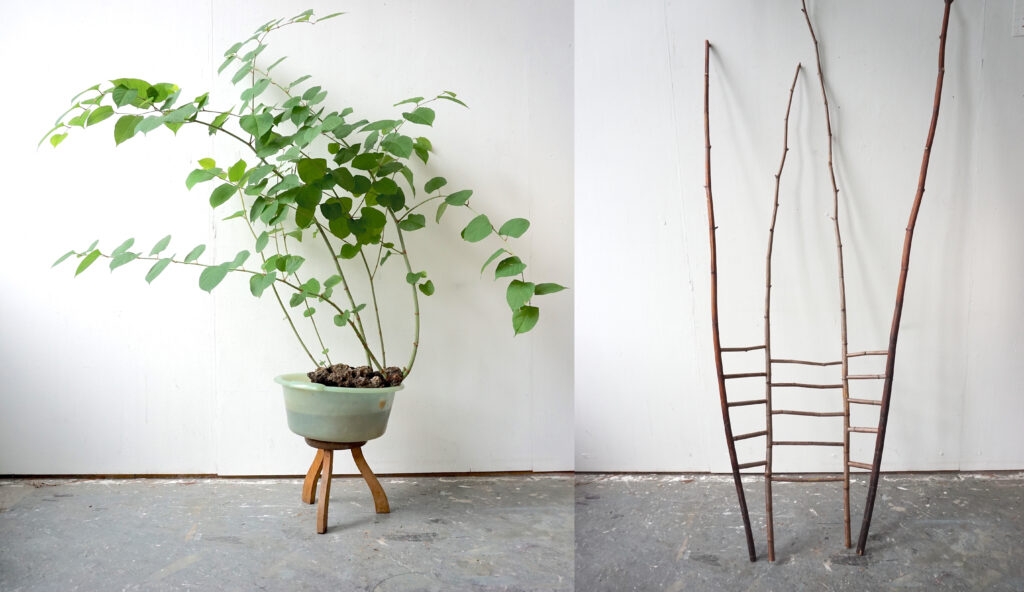
Outcomes/Materials
Although it may look like a utilitarian approach to the plant, it is in fact something completely different. Each obtained material highlights a property of the plant. In other words, each property is translated into a material. All together it forms what we could eventually call a portrait.
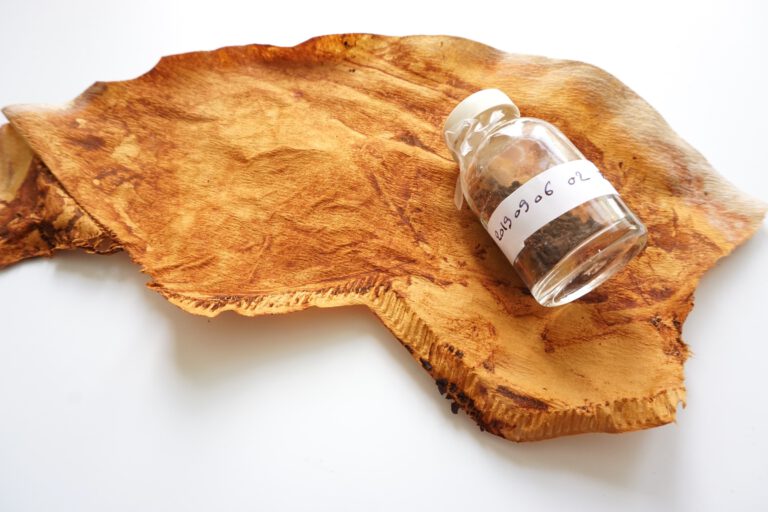
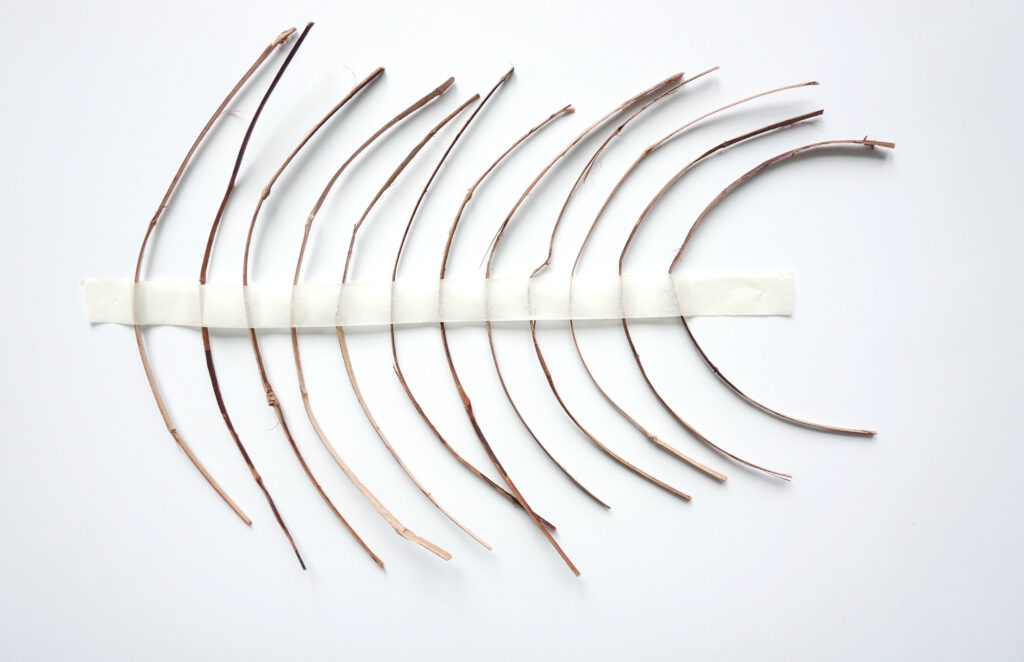
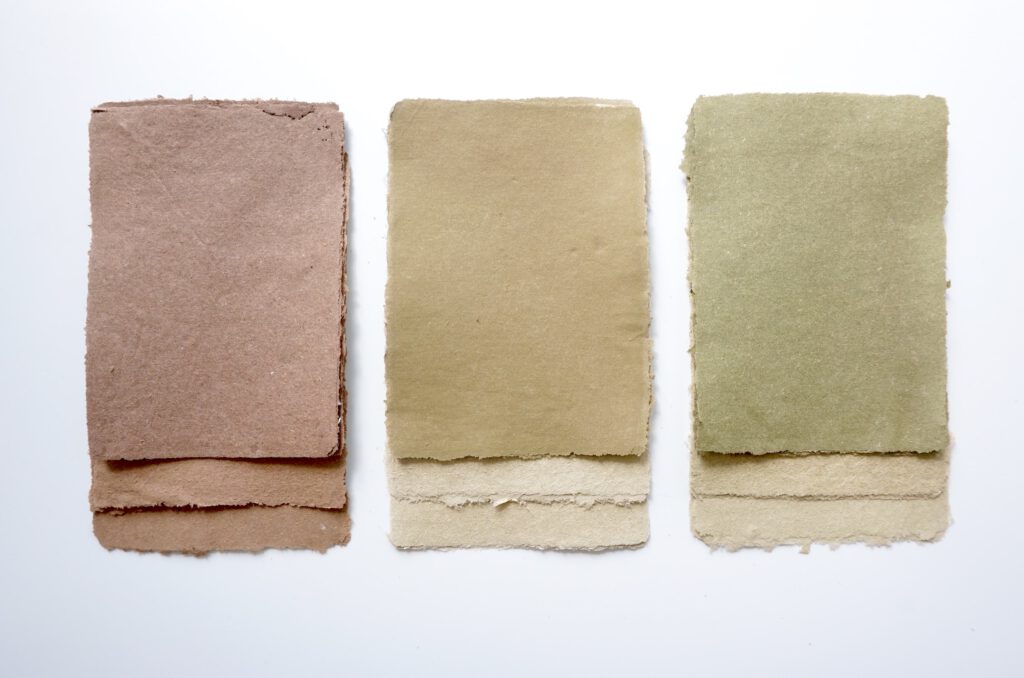
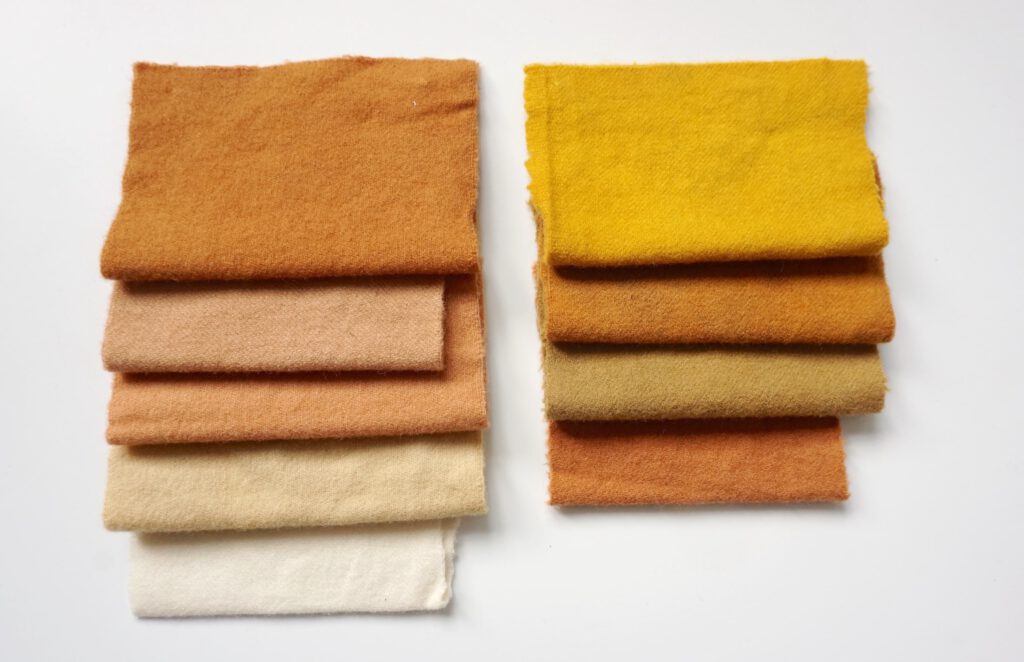
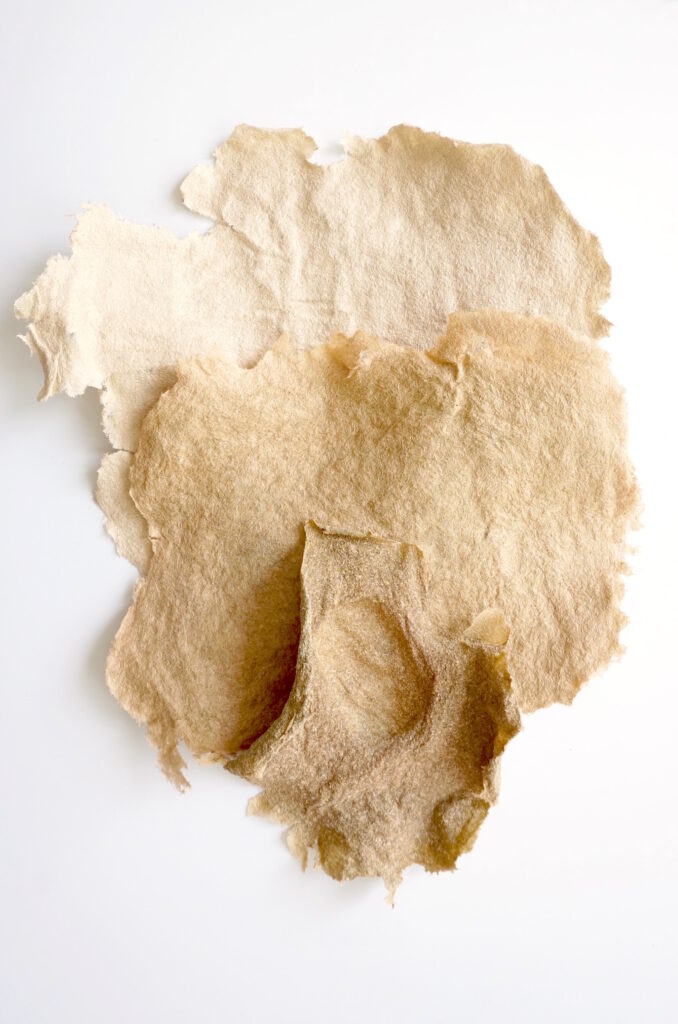
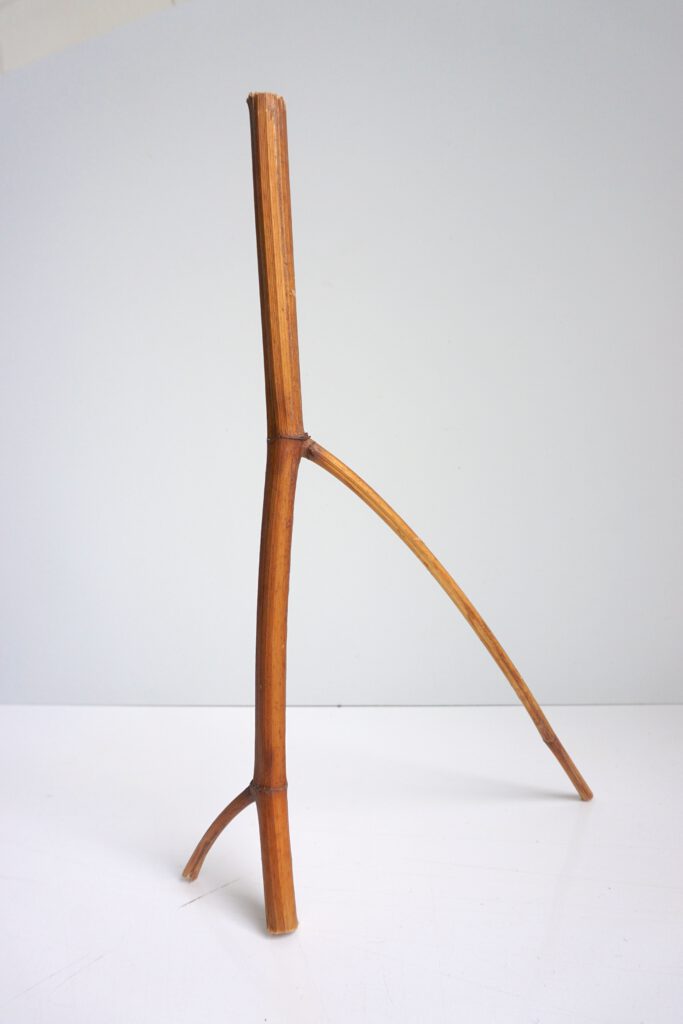
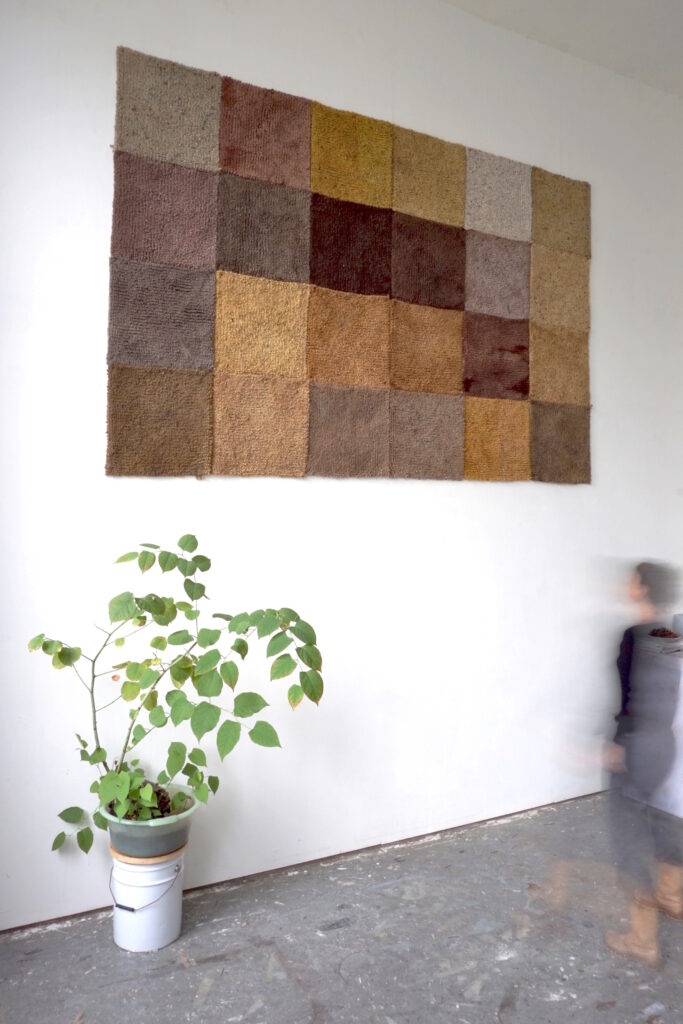
Process
For the production of the materials, the number of added substances has been kept at a minimum. I also decided to let the chemical processes develop naturally. That is, without accurately measuring the time, temperature, or pH value. Instead, I just waited for the process to complete. Plants approach their processes the same way, without measuring every step. This way I tried to get as close to the plant as possible.
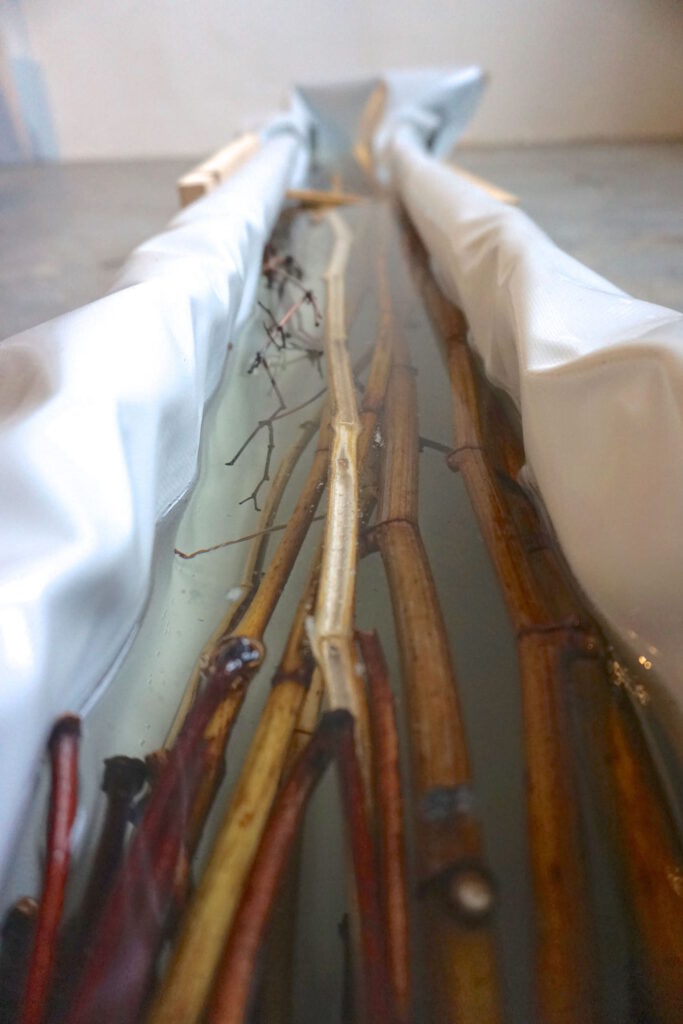
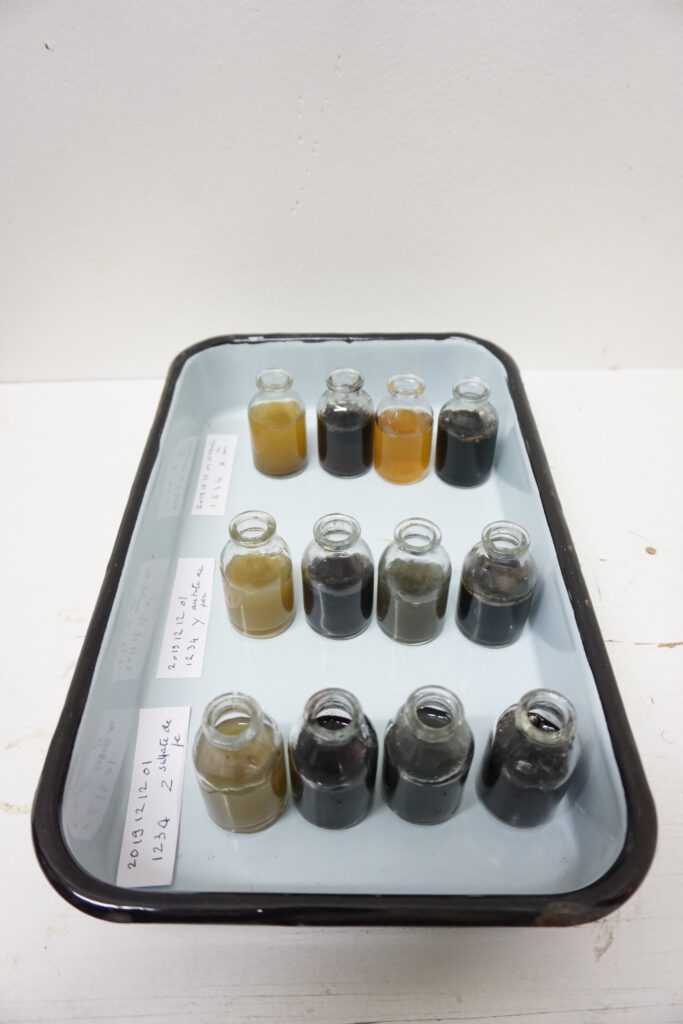
The Japanese knotweed
The Japanese knotweed is a plant best known for its extremely invasive behavior and ability to move through asphalt and foundations. The plant is originally from Japan and after a short career as an ornamental plant in gardens it has spread throughout Europe. Due to the enormous damage that the plant can inflict, laws have been introduced in various European countries to prevent the spread of the plant. In the news, the plant is often referred to as Godzilla or the mother of weeds.
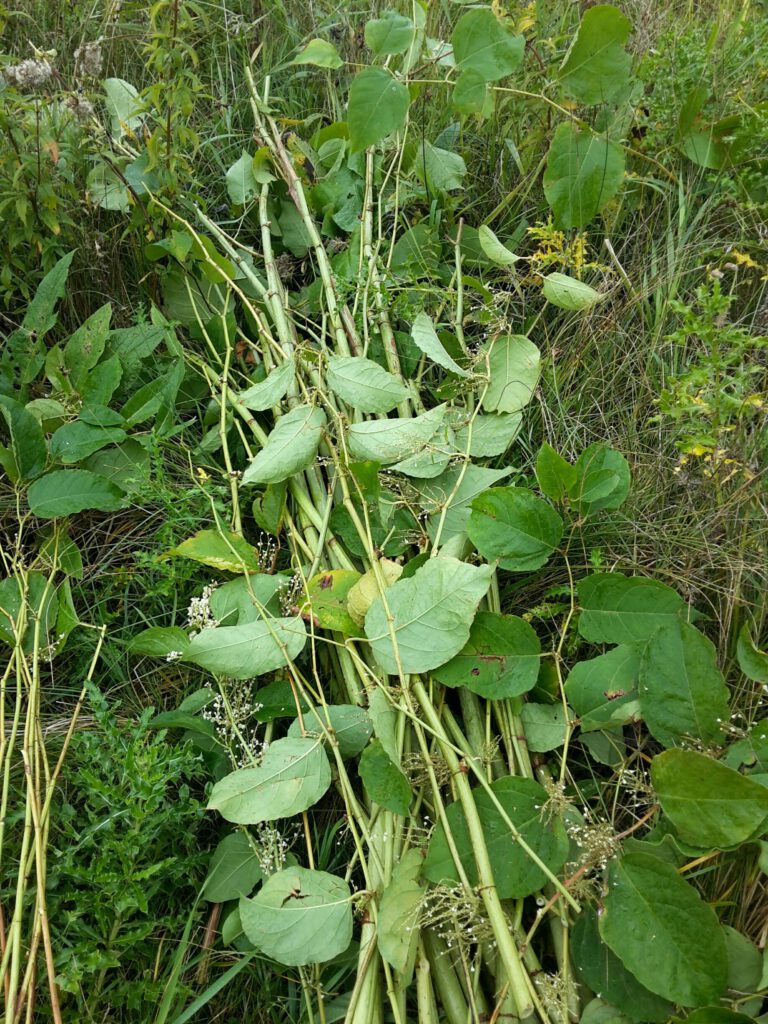
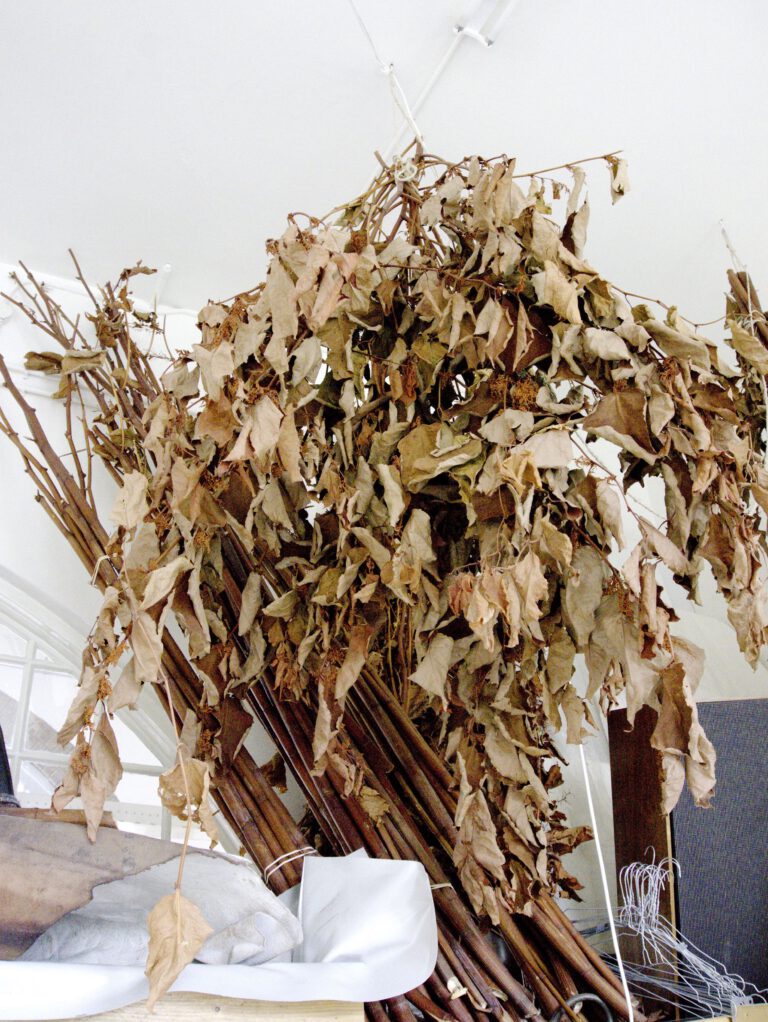
The Former owner
During my research about Japanese Knotweed, I received about ten sheep fleeces from a nature manager whose sheep regularly munched on the plant. This gift became the start of a new project at the beginning of the lockdown: The Former Owner.
Since the existence of mankind, we have used materials obtained from other life forms. But through the passing of time the natural origin of objects had become less visible. This lack of visibility is not innocent in my eyes. It forms a border between the human environment and nature that becomes clearer and clearer. Slowly the urbanized human forgets its dependence on nature.
The Former Owner is a series of artworks where a human element is added to an animal identity.

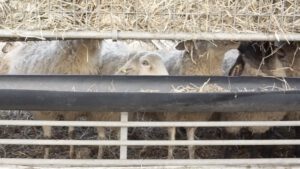
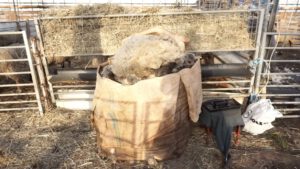
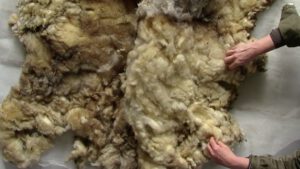
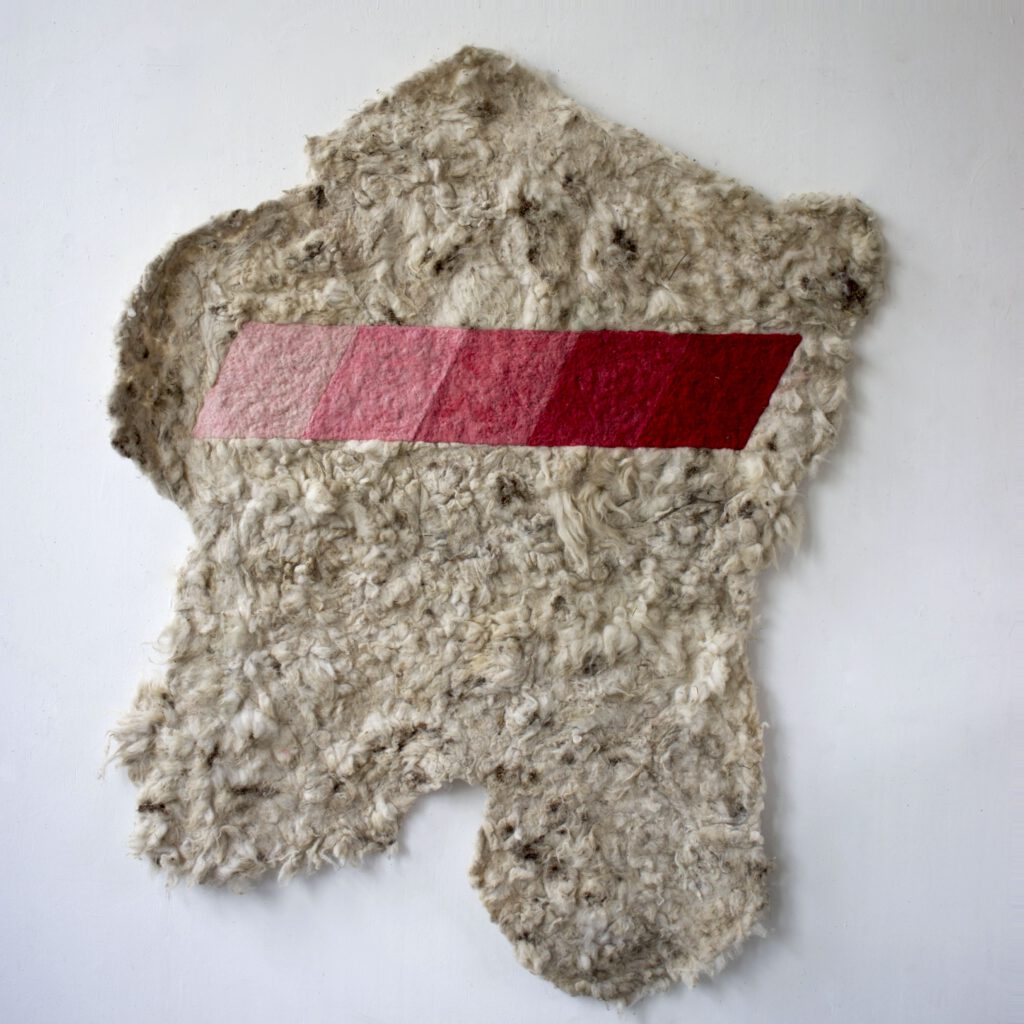
- TOISON 8, sheepwol, indigo, Japanese knotweed 135/95 cm 2021
- TOISON 1, sheepwool, cocheniel, 172/138 cm 2021
- TOISON 2, sheepwool, indigo, reseda 120/113 cm 2022
